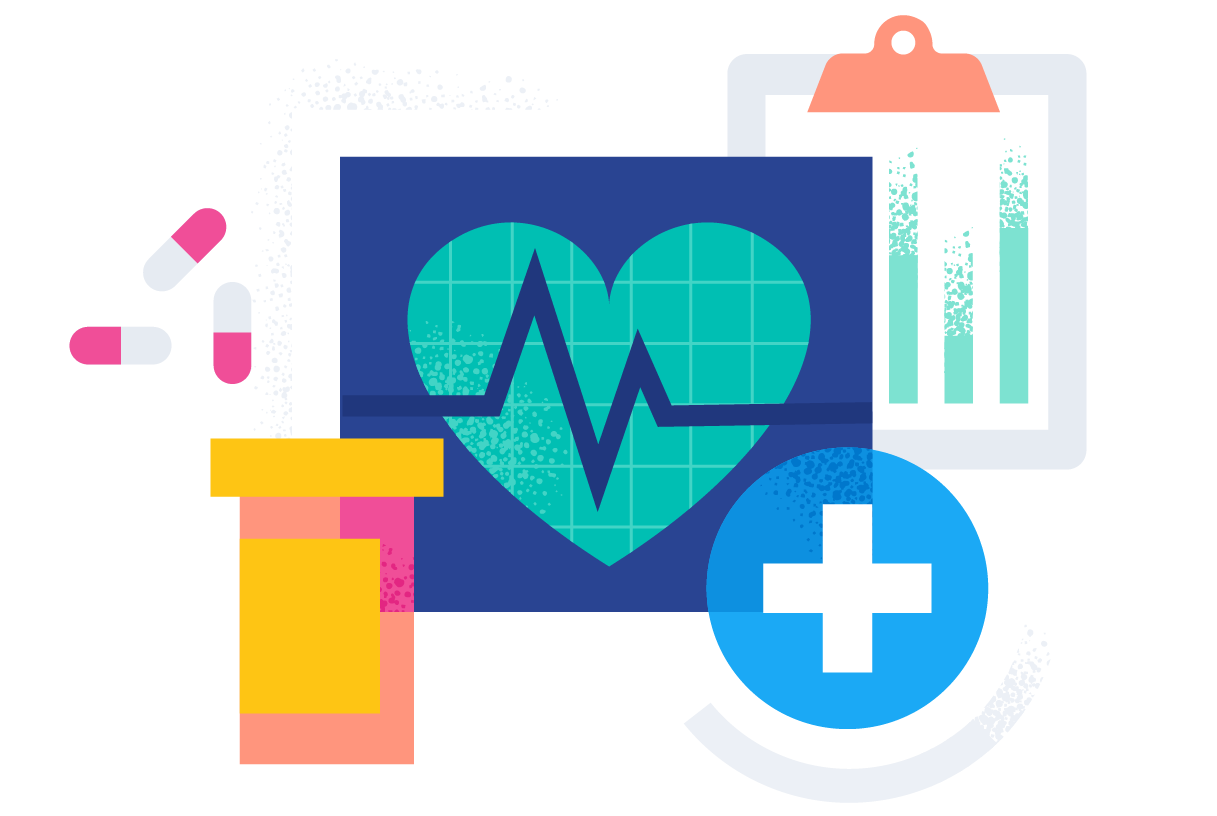Exactly How Healthcare RCM Solutions Streamline Payment and Collections
Exactly How Healthcare RCM Solutions Streamline Payment and Collections
Blog Article
A Comprehensive Overview on How Healthcare RCM Works to Improve Invoicing and Collections
Navigating the intricacies of medical care profits cycle monitoring (RCM) is important for companies intending to improve their payment and collections processes. The overview unloads the ins and outs of RCM, from patient enrollment to accounts receivable administration, supplying insights into optimizing each action. Integrating advanced modern technology and standardized procedures can substantially reduce case rejections and speed up settlement cycles. Yet, the true difficulty hinges on perfectly merging these aspects to improve cash circulation. As we explore the core parts and methods that drive efficiency, one concern remains: just how can healthcare entities best setting themselves to thrive monetarily in an ever-evolving sector?
Understanding Earnings Cycle Monitoring
RCM is a critical management function that incorporates the entire monetary procedure of patient care, from the initial appointment setting to the last payment of the equilibrium. It is a complex treatment made to determine, gather, and handle the profits from the services supplied to patients.
The RCM procedure starts when a person timetables an appointment and expands with the client's care trip, including billing and collections. A crucial purpose is to lower the time in between supplying a solution and receiving repayment, hence improving the company's financial health and wellness. RCM includes various features such as individual enrollment, insurance coverage verification, cost capture, coding, asserts submission, payment posting, and taking care of appeals and rejections.
Secret Parts of RCM
In the world of Revenue Cycle Administration (RCM), recognizing its crucial components is fundamental to attaining monetary performance within healthcare organizations. RCM is a thorough procedure that includes various stages, each important to guaranteeing reliable invoicing and collections. The main components consist of individual enrollment, insurance coverage confirmation, fee capture, coding, claim entry, settlement posting, and accounts receivable monitoring.


Once coded, cases are sent to payers, where precision is vital to avoid delays or beings rejected - Healthcare RCM. Payment uploading includes videotaping the gotten payments, which permits for the reconciliation of accounts. Last but not least, balance dues monitoring concentrates on tracking and addressing unpaid cases, making certain timely follow-up and resolution
Each element of RCM is adjoined, and inadequacies in any part can interfere with the whole cycle. For that reason, understanding these aspects is necessary for doctor to enhance profits and improve their economic wellness.
Techniques for Efficient Billing

Standardizing billing treatments across the organization is one more vital method. Developing clear guidelines for documentation, coding, and entry aids preserve uniformity and conformity with regulatory requirements. Educating personnel regularly check my blog on these treatments makes certain everyone is updated with the newest adjustments in billing codes and payer plans.
Accurate charge capture is crucial in protecting against revenue leak. Carrying out routine audits and tracking systems permits the identification and modification of discrepancies prior to they impact revenue. Furthermore, keeping open lines of view it now communication with payers aids to rapidly resolve any type of conflicts or misunderstandings that might occur.

Last but not least, appealing clients early in the billing procedure by giving clear price quotes and academic products about their economic responsibilities can considerably reduce complication and enhance payment timeliness. These methods collectively add to a much more efficient and monetarily healthy and balanced payment system.
Enhancing Collections Procedures
Offered the intricacies of medical invoicing and the range of payer needs, improving the collections process entails implementing strategic procedures that guarantee timely and precise payment of solutions provided. Automation devices can assist in tracking insurance claim standings, sending prompt reminders to people, and managing denials more efficiently.
Training staff to recognize the subtleties of insurance coverage and invoicing codes is just as crucial. This knowledge equips them to attend to billing inconsistencies quickly and communicate effectively with clients regarding their economic obligations. Furthermore, clear and clear client communications are essential. Providing in-depth explanations of costs and providing adaptable repayment plans can boost patient satisfaction and prompt repayments.
Routine audits of the collections process need to be carried out to determine locations for renovation and make sure conformity with policies. By analyzing data, healthcare companies can identify trends, prepare for possible problems, and adapt strategies accordingly (Healthcare RCM). Inevitably, a well-enhanced collections procedure not only sustains financial wellness yet also adds to a click here for info more smooth experience for patients and personnel alike
Optimizing Revenue Streams
Structure upon the foundation of a strong collections process, medical care companies can further boost their monetary security by purposefully optimizing profits streams. This involves a multi-faceted technique, starting with a comprehensive evaluation of existing profits resources to identify ineffectiveness and areas for growth. Using advanced information analytics tools makes it possible for organizations to obtain understandings right into payer mix, client demographics, and service application patterns, enabling for data-driven choices that enhance earnings capture.
Carrying out automated billing systems can significantly minimize errors and accelerate claims processing, ensuring that revenue is collected a lot more efficiently. Moreover, optimizing payer agreements through normal arrangements can boost compensation rates and terms, straight affecting the lower line. Diversifying service offerings, such as integrating telehealth or wellness programs, can additionally bring in a more comprehensive individual base, thus enhancing revenue capacity.
An additional essential component is enhancing patient involvement and satisfaction, as satisfied individuals are more probable to adhere to treatment strategies and make prompt repayments. Supplying adaptable payment options and clear billing practices can boost collections and foster patient commitment. Healthcare RCM. By embracing these strategies, health care companies can develop a more durable financial framework, ensuring continual growth and stability in an ever-changing sector landscape
Verdict
Finally, medical care Revenue Cycle Monitoring (RCM) plays an essential duty in maximizing payment and collections procedures by incorporating vital parts such as person registration, insurance confirmation, fee capture, coding, declares submission, and receivable administration. By utilizing sophisticated technology, standardizing procedures, and fostering client involvement, healthcare service providers can substantially decrease case denials, speed up repayment cycles, and enhance capital. This extensive method to RCM inevitably causes boosted economic efficiency and sustainability for health care companies.
The RCM procedure begins when an individual routines a visit and expands through the person's treatment trip, consisting of payment and collections.Another important element is enhancing person engagement and fulfillment, as satisfied individuals are more most likely to stick to therapy strategies and make prompt repayments. Providing adaptable repayment alternatives and transparent payment methods can improve collections and foster client loyalty.In verdict, medical care Income Cycle Administration (RCM) plays an essential function in enhancing invoicing and collections processes by integrating essential elements such as client enrollment, insurance policy verification, charge capture, coding, asserts submission, and accounts receivable management. By using innovative innovation, standardizing procedures, and promoting patient involvement, health care companies can substantially reduce insurance claim rejections, accelerate payment cycles, and boost cash money circulation.
Report this page